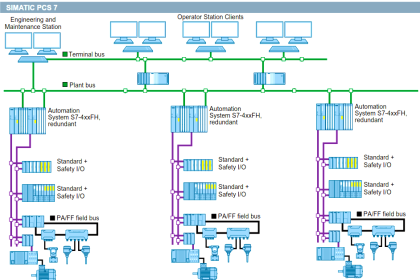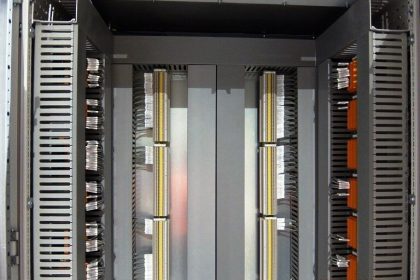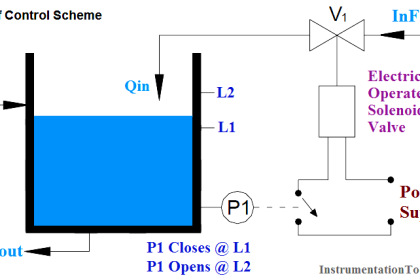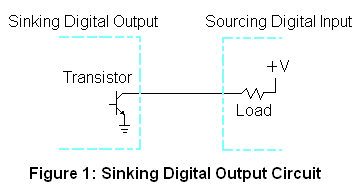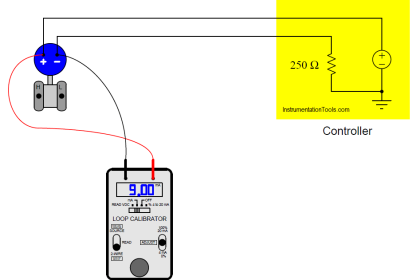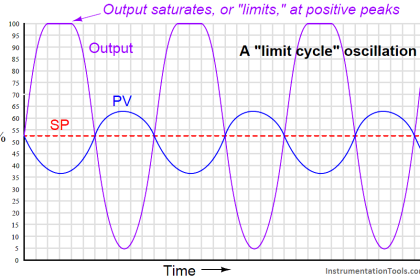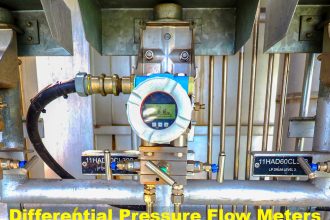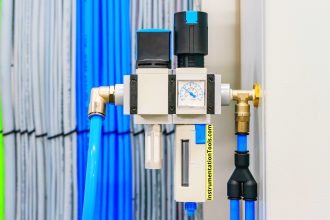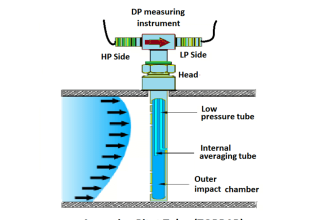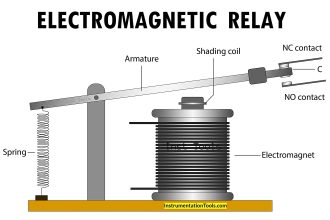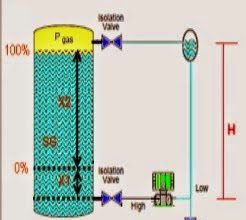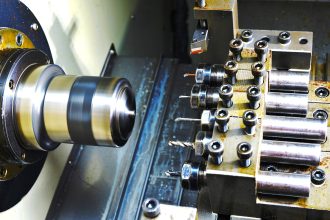We all know how PID is important for controlling a process. PID is used for both heating and cooling applications. When you require to maintain a certain set point every time, overshooting or undershooting which can hamper the process, then you need a PID type of control.
But, you must also know that there are on-off type of controllers which too will maintain a certain set-point. Both these controllers have the task of maintaining the desired value.
In this article, we will learn the difference between an on-off controller and a PID controller with an example.
What is PID Controller?
First of all, let us understand what PID is. A PID is a control algorithm that manipulates an output variable by taking feedback from the input variable. This is done to keep the process value nearby to the process set point every time.
For example, suppose you want to maintain a room temperature of 25 deg C. In that case, you have a heater and a temperature sensor. The process value is the temperature sensor and the controller is the heater. When the temperature is lower than 25 deg C, then the heater will remain between 0-100 percent at a maximum side.
This will increase the room temperature. When the temperature starts to rise above 25 deg.C slowly, then the heater output percentage too will start to decrease gradually, following the temperature change.
Due to this, the temperature will start to decrease again. When the temperature again starts to go below the set point, then the heater output percentage will start to increase, which will again start to rise the temperature. In this way, we found that the temperature is maintained steadily around 25 deg C.
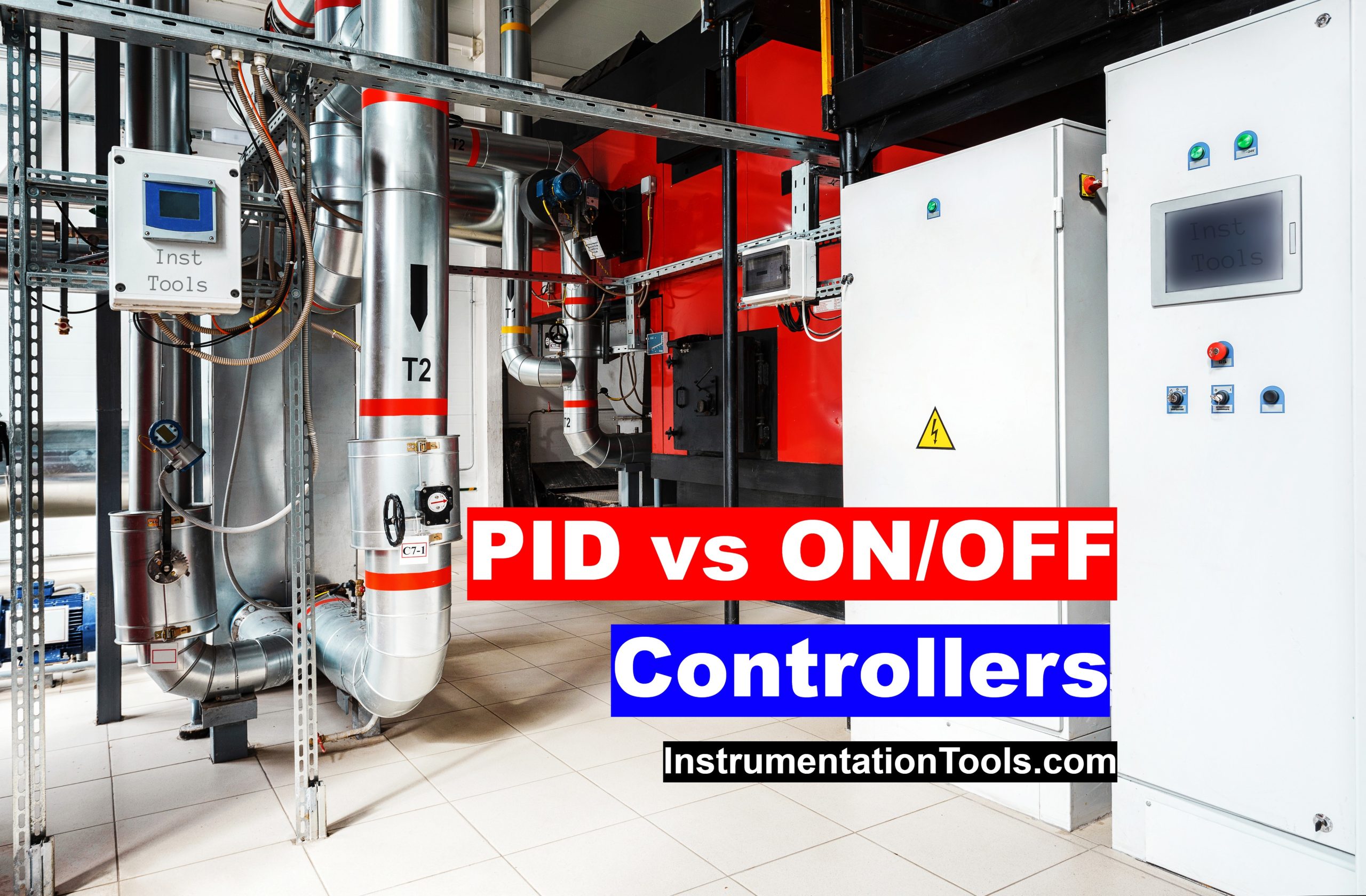
So, how does this work? Basically, it makes use of the PID algorithm. PID stands for proportional integral derivative. Here, P is used to influence the speed of process response, which means at what rate you want to take action.
Here “I” is used to cancel out the error, which means how much time frequency you want to take the action. “D” is used to anticipate the variation of deviation which means it accelerates process response times when the deviation increases and slows the process response times when the deviation decreases.
So, when you tune PID, you have to find a balanced answer between speed and stability, which requires proper knowledge of the process and the impact of overshooting or undershooting on the process.
As discussed earlier, to maintain the process, PID will manipulate the control output. So, this shows that the output of PID will be analog-type. But it is to be noted that many controllers are also available with digital output, which means the calculation part will be the same and just that the output will turn on or off based on the set point, instead of the output varying continuously in analog type.
What is an ON-OFF Controller?
As the name implies, the ON-OFF controller will control the process variable near the set point by turning on or off the control variable. Here, there is no variation type output, just simple on or off. Continuing our example, for a set point of 25 deg.C.
When the process input goes above the set point, then the output of the controller will turn off. And when the process input goes below the set point, then the output of the controller will turn on. A hysteresis band will be maintained to avoid constant fluctuations in the output.
An internal timer will also work which will decide by how much delay you want to turn on or off the output. This is a relatively simpler type of controller as you do not need to think about the calculations you have to set.
Difference between ON-OFF Controller and PID Controller
The main differences between the PID and ON/OFF controllers are as follows.
- PID controller can provide output in both the analog and digital form, whereas an on-off controller provides output in only digital form.
- PID controllers are more accurate than on-off controllers. There are chances of large deviations in the on-off controller.
- PID controllers are costlier than on-off controllers, due to more features that they provide and the precision with which PID controllers operate.
- On-off controllers are used in applications where some deviation can be accepted and cannot hamper the process, whereas PID controllers are used in applications where a very less amount of deviation is accepted.
In this way, we understand the difference between PID controllers and on-off controllers.
If you liked this article, then please subscribe to our YouTube Channel for Instrumentation, Electrical, PLC, and SCADA video tutorials.
You can also follow us on Facebook and Twitter to receive daily updates.
Read Next:
- What is Adaptive Control?
- Feedback Control System
- Industrial Automation Levels
- ICS System Design Factors
- History of Internet of Things
